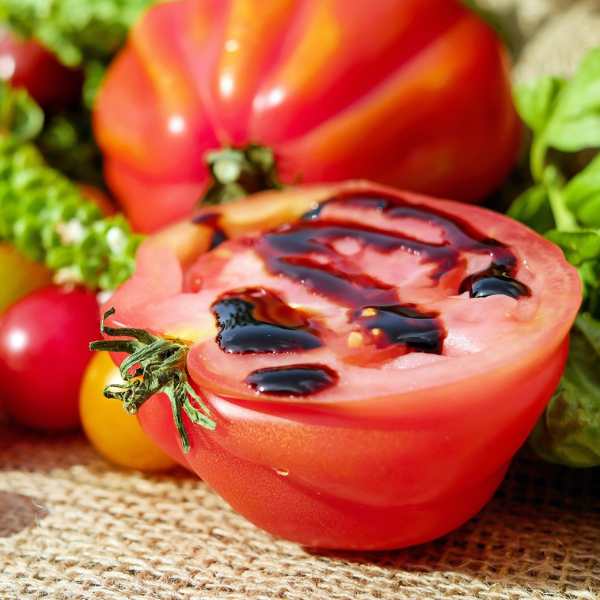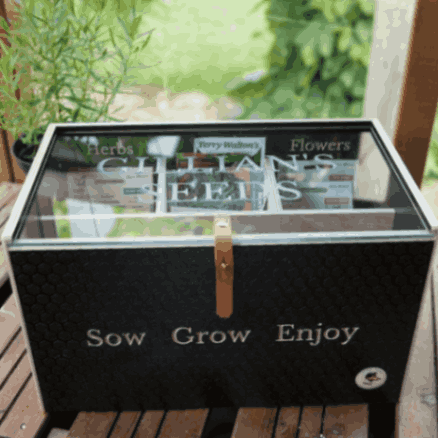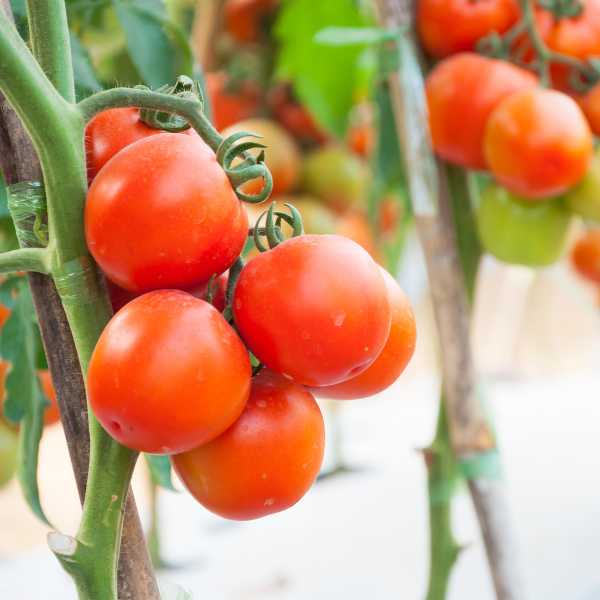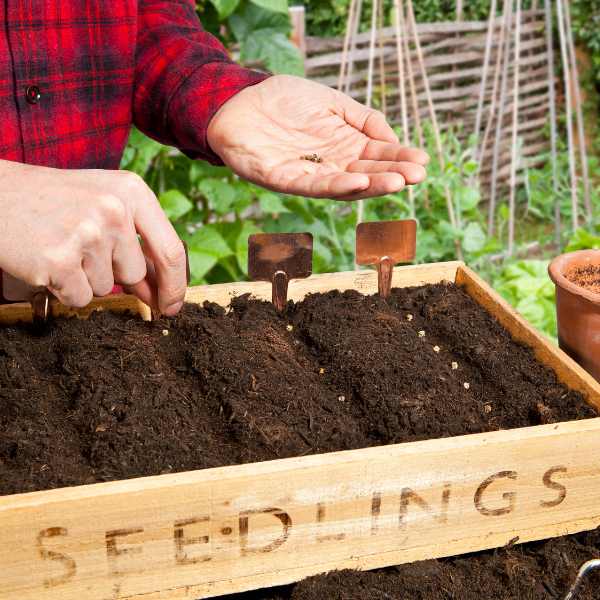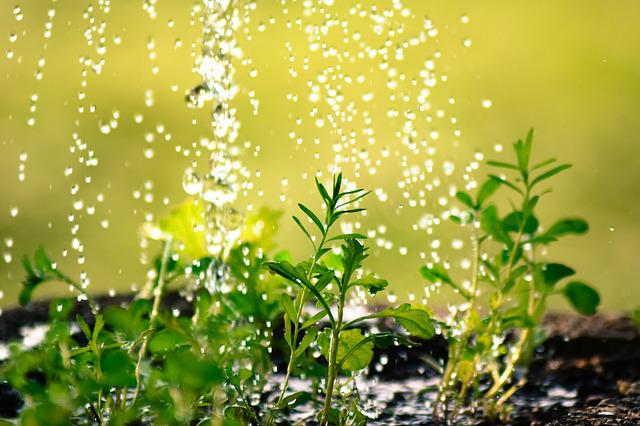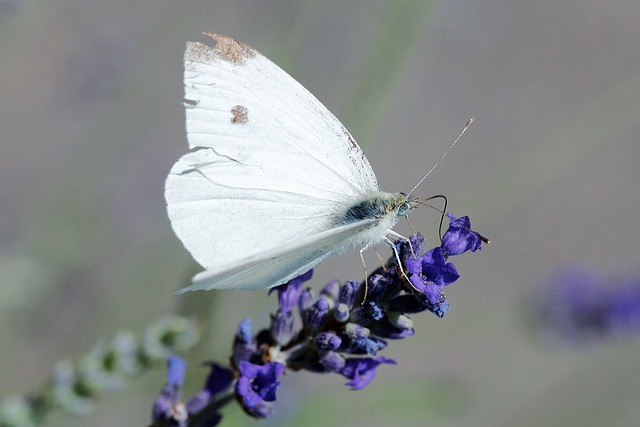It’s all in the soil
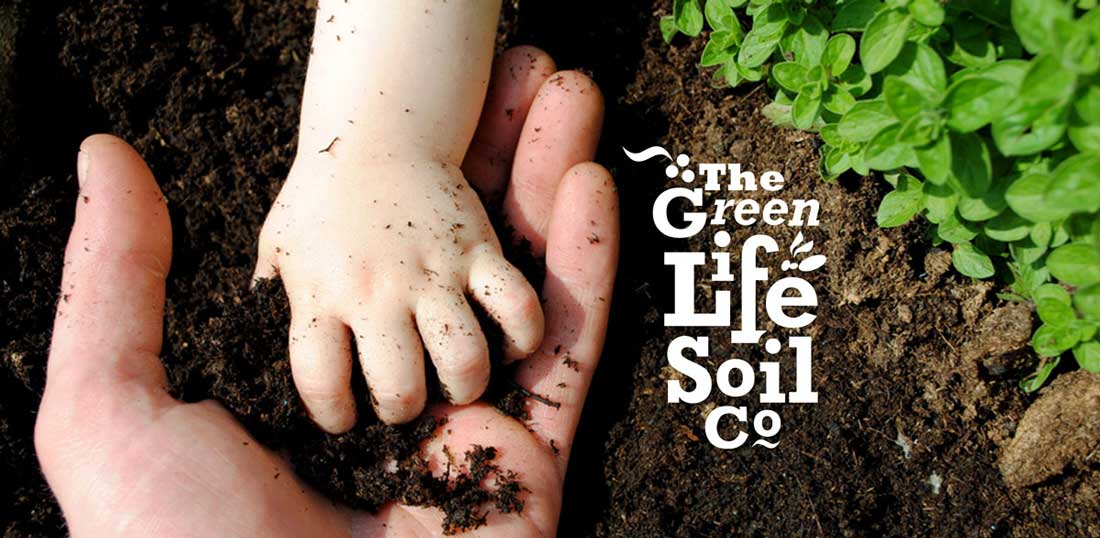
Soil is the main growing ingredient for healthy plants. Linda from The Greenlife Soil Co will give you the low down on the optimal soil for seed raising and growing your plants. The Greenlife Soil Co is a highly awarded business that provides organic certified soils for both the home and commercial gardeners.
Spring is the PERFECT time to get seed started! While some seeds can go straight into prepared garden beds as soon as the soil is warm enough, other seeds need to be nurtured in pots or trays, and carefully transplanted once they’re more mature.
But what type of soil is best to use for planting – and why? What’s the difference between garden soil and seed raising mix? And any of the other mixes you can buy?? It can be had to know where to start – so we hope this information helps break it down for you!
Seed Raising Mix
Because we’re wanting seeds to germinate easily and quickly, a seed raising mix is a very light and fluffy mix that allows seeds to easily push their shoots & roots out and begin growing. The mix needs to hold moisture – but not too much (because you don’t want seeds to rot).
In fact, it’s better to have the mix quite free draining and increase your watering regime than having the soil remain damp, as too much moisture can encourage fungal diseases and kill off your tiny seedlings.
Many seed raising mixes are made with lots of organic matter – sieved compost, cocopeat, very fine pine bark or sawdust shavings, and perhaps a smaller amount of mineral content – sand and worm castings.
Often, perlite is added to the mix. This serves to open up the structure of fine mixes to allow more airflow and water penetration and provides a lightweight media. Sometimes vermiculite is used too – although more often when used in seed raising, it’s used to sprinkle over seeds to cover them.
This mineral product helps hold water, and being lightweight is also easy for seeds to push through in the germination process. Generally speaking, seed raising mixes don’t need to have a whole lot of nutrients added.
Seeds don’t need anything other than moisture and temperature to germinate; and once they’re up you can give them regular liquid feeds until they’re ready to transplant out into a permanent growing medium of some kind (like a potting mix).
Potting Mix
Things that are growing in pots and containers need a growing media that is going to sustain them for a longer time – perhaps just a season (in the case of annuals) or much longer (in the case of a fruit tree, for example).
In Australia, the tick accreditation system is just one way to check whether or not the soil is designed to sustain your plants. Generally premium mixes should feed your plants for at least 6-12 months.
Cheaper mixes will need a lot more fertilising – and often, the structure of the cheaper mixes will also break down more quickly.
Potting mixes can ‘slump’ – which means that as the composting material breaks down, you end up with a drop in volume overall, but also a lifeless mix with little variety in particle size – which is vital for allowing air through to the roots.
Often mixes that slump end up being a sloppy mess over winter, when pots haven’t been able to drain, and plants drown. Because we’re usually potting up larger plants that are more valuable (or ones we’re hoping to sustain us as they bear fruit!) it really is worthwhile getting hold of a good quality mix; because they vary hugely.
You get what you pay for; sure, you could buy a cheap bag and add lots of extra goodness – but is it really any cheaper in the long run, and are you gambling on the mix of nutrients and other elements that are going to help your plants thrive?
And don’t be tempted to fill your pots with soil you dig out from the garden – soil is quite different in its structure and it’s not likely to work well.
Garden Soil
When you’re ready to sow seeds directly into the garden, or to transplant your seedling babies, you’ll want to make sure you give them every chance of success. No matter what type of base soil you have (sandy or clay) it’s worth preparing the soil well before planting.
Depending on the freshness of what you intend to use in the soil, you may need to leave the soil for a couple of weeks before planting; or if you know the product is well aged, you should be fine to use straight away.
If unsure, plant each seed or seedling into a smaller hole you’ve filled with a good quality potting mix just to nestle them in – it will take a little while for the roots to explore beyond that pocket.
“Soil conditioner” is a generic term for things that we add into soil prior to planting – and they can be organic or inorganic – things like manure, compost, minerals, or commercial blends that contain these things, and any other range of soil food and fertilisers fall under this banner.
Soil conditioners are not something you use to plant directly into – they’re used to feed your soil and are mixed in prior to planting. What kind of soil conditioner / soil improver you use depends on many factors – like what your native soil is like to begin with, and what you intend to grow.
If you take the time to do a little research, you’ll no doubt find some options to work with – no matter what your budget is.

